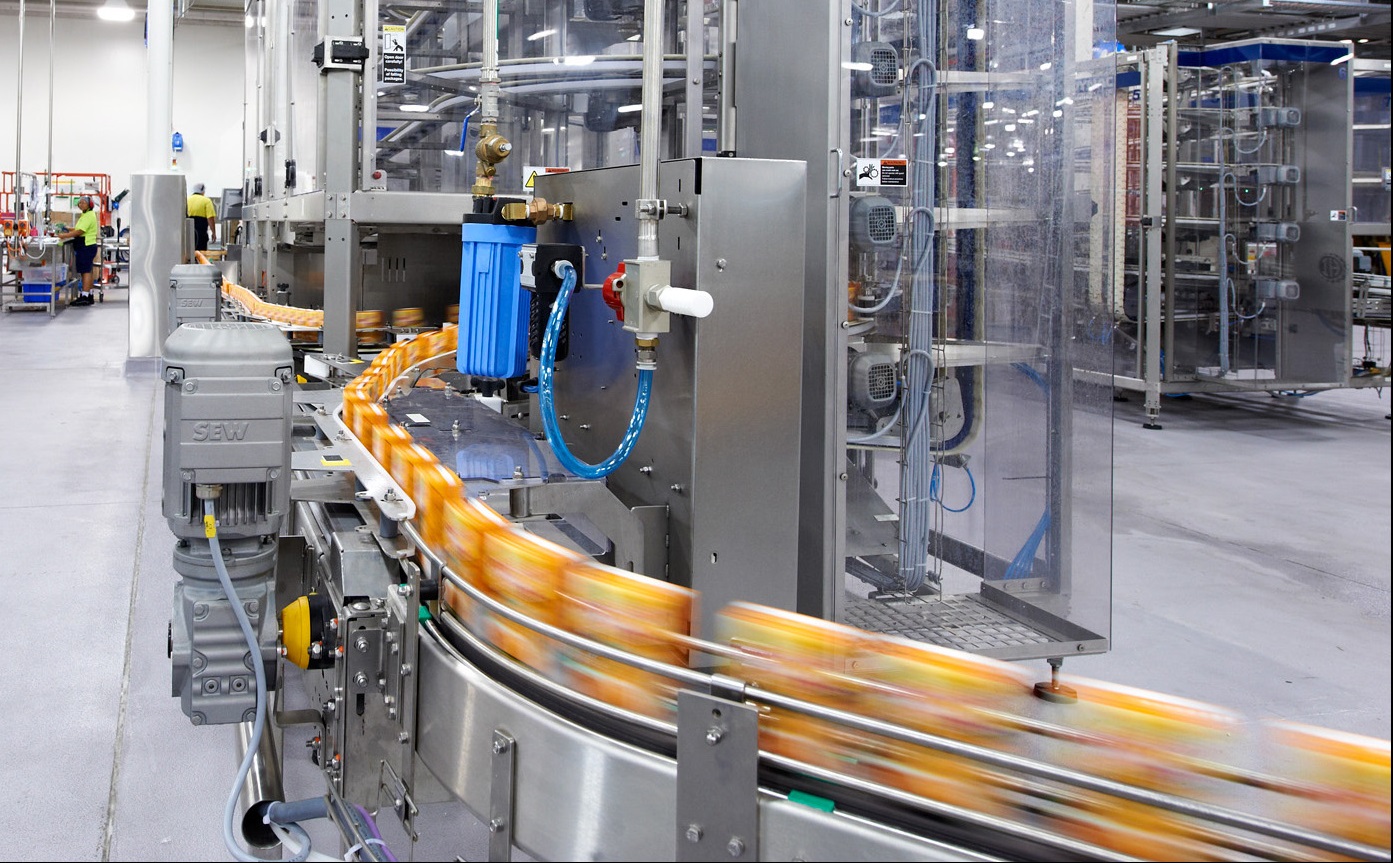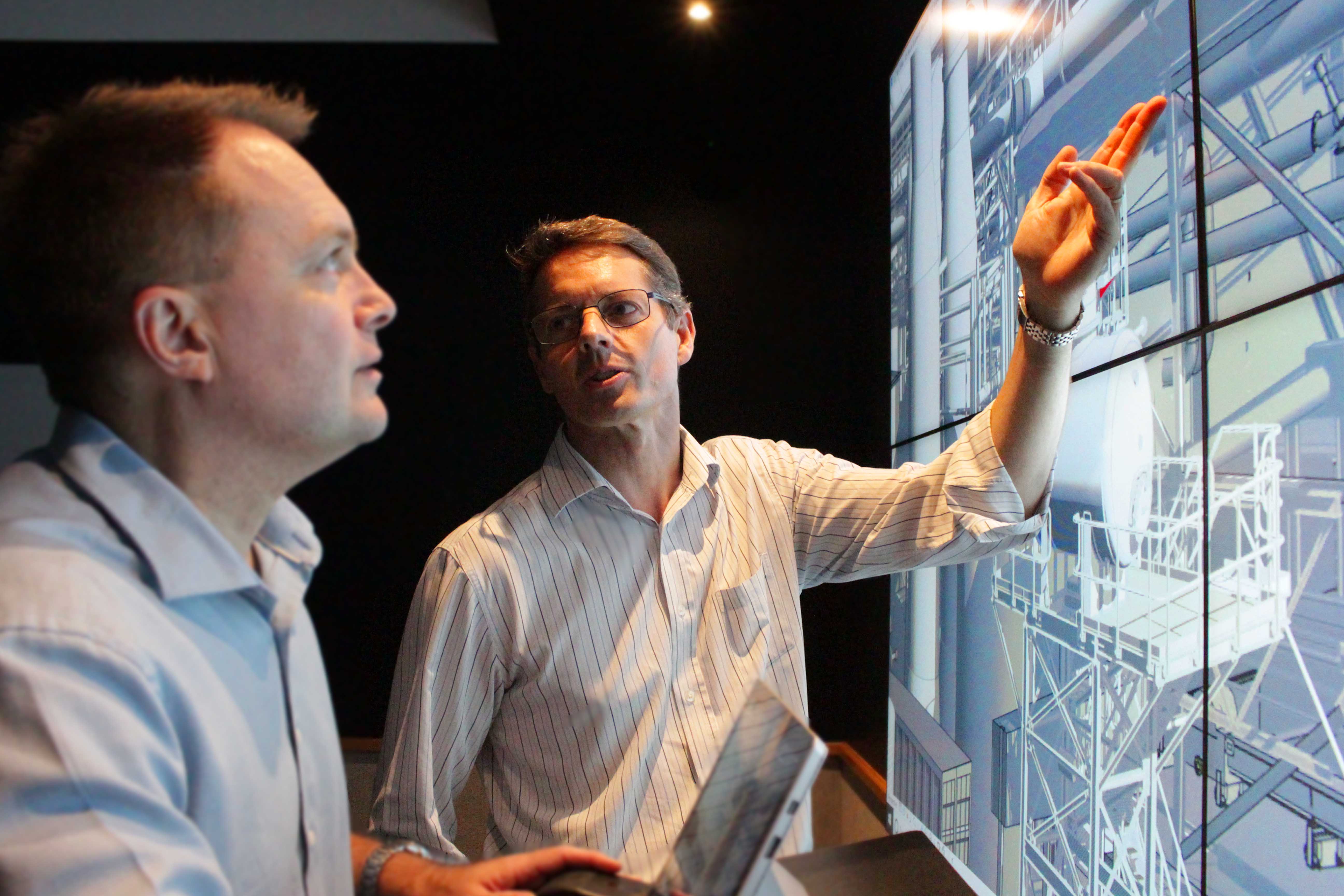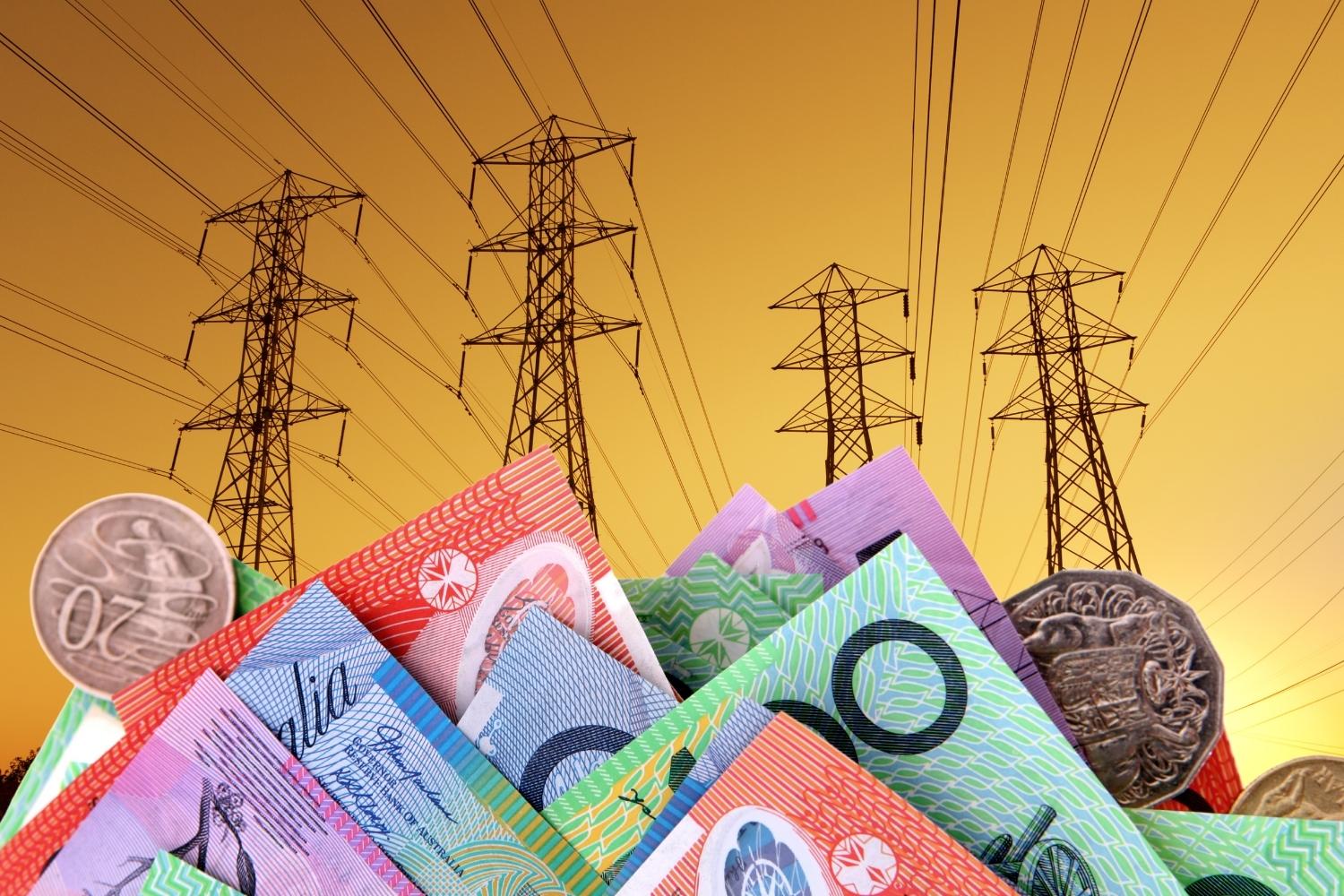The food supply chain isn’t actually a chain: it’s a tangled web. A single product can traverse any number of processors, distributors, drivers, warehouses and retailers, all of whom use their own record keeping processes. This means that by the time a product arrives on a shelf, its origins and certifications can be hard to verify. And as consumers demand more transparency about what they eat and where it came from, that’s a problem.
The sheer scale of the issue was highlighted in 2016 when Walmart’s Vice President of Food Safety attempted to trace a package of sliced mangoes back to its origin. It took Frank Yiannas and his team 6 days, 18 hours, and 26 minutes to identify every link in the chain that led back to the original mango farm, which, if the mangoes had been contaminated, would have hampered efforts at a recall.
Walmart then ran the same test but with new technology. The team partnered with IBM to use a blockchain system to track their mangoes. The result? It took only 2.2 seconds to identify every step in the mangoes’ journey. A serious improvement.
So, what is blockchain?
Basically, blockchain is a shared ledger. Rather than everyone in a supply chain keeping their own records, all parties contribute information, which stores each transaction in a block. Each block is part of a longer chain of transactions – hence the name “blockchain.” Originally, the technology was created to record transactions of Bitcoin, but it’s since proven its value in all sorts of industries.
“The adoption of blockchain is all about understanding the problems it can solve,” explains Brett Wiskar, Chief Future Officer at Wiley. “Lots of people know the word ‘blockchain,’ but they don’t actually know how it makes things better. If you can understand its value proposition, you can understand why it’s worth adopting.”
With that mind, this article will lay out the kinds of problems blockchain solves.

Blockchain improves product verification.
As developed economies head towards carbon neutrality, consumers increasingly want sustainably sourced food. Many brands have responded with assurances, but lots of these assurances have found to be misleading. For example, a study from fisheries conservation group Oceana found that 69% of “wild-caught” salmon in the US actually originates in fish farms.
Blockchain makes it harder to get away with misrepresentation like this. As all info stored on a block is visible to all users, it’s harder for any one user to fudge the details. It’s for this reason that all sorts of brands are now using blockchain to authenticate their marketing claims. A recent example is Nestlé, which in 2020 began using the IBM Food Trust enterprise blockchain to trace the origins of coffee beans sold under their Zoégas brand. Zoégas claims to source all beans from sustainable fare-trade farms, and blockchain makes these claims easily verifiable.
“Around the world, consumers want to understand the story of what they’re buying,” says Wiskar. “Does the farmer look after their animals? Does the farm look clean and orderly? Blockchain makes it really easy to include those kinds of assurances in each link of the chain.”
What does that mean for you? If you’re a food processor looking to get the edge on the competition in a tough market, traceability coupled with sustainability could be a great place to start your differentiation.
If anything goes wrong, blockchain enables faster recalls.
In the history of product recalls, Australia’s needles-in-strawberries case stands out. On September 9, 2018, a Facebook user in Brisbane claimed that his friend had swallowed a sewing needle buried in a strawberry and was in hospital. Over the following week, dozens more reports of contaminated strawberries grown in Queensland and Western Australia appeared, prompting a national “trade recall.” This meant that strawberries at distribution centres and wholesalers were destroyed, allegedly costing the strawberry industry millions.
It took roughly two months for police investigators to zero in on a 50-year-old woman employed on a QLD berry farm. She was charged with seven counts of contaminating goods and the berry scare was declared over. However, had blockchain technology been used across the industry, the investigation would have been almost instant. When people started finding needles, police would have been able to narrow the search down to a single farm, which would have mitigated the need for a national trade recall and allowed the police to focus their attention.
“If implemented appropriately Blockchain could make it easy to identity which specific product came from which batch and was handled by which employees at what time,” explains Wiskar. “It’s not just about improving accountability. It also saves companies from recalling everything if it’s only a small amount of product affected.”
Everything in the same place at the same time.
Perhaps the greatest benefit of blockchain is it allows companies to truly capitalise on their own data. As the logistics industry is swamped by barcode readers and sensors, blockchain orders all this information and makes it accessible.
This allows companies to better forecast supply chain issues, which in turn better helps companies forecast price fluctuations. It also allows companies to track patterns in supply and demand, or to simply just know where their stuff is at any one time.
“People think blockchain is this complicated technology, but really it’s just a database that defies tampering,” explains Wiskar. “And because it defies tampering, lots of people can access the information, which empowers the supply chain to be more responsive and efficient leading to it being more competitive.”
Wiskar sees blockchain as a natural step in the evolution of logistics. He says it comes in a lineage of technological development that includes long-life packaging and shipping containers.
“Each time something like this came along, things got better. Blockchain is making things better now, and we’re excited to be part of it.”
If you’re in food and curious about what blockchain can do for you, give us a call. We’re the easiest and fastest way to get the ball rolling.



